Lookalikes:
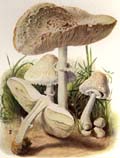 Chlorophyllum molybdites
Chlorophyllum molybdites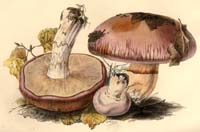 Key to Gilled Mushrooms Key
Key to Gilled Mushrooms Key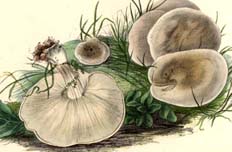 Agaricales Order
Agaricales Order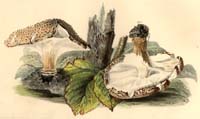 White Spored Suborder
White Spored Suborder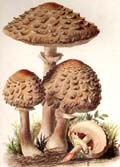 Lepiota Genus
Lepiota Genus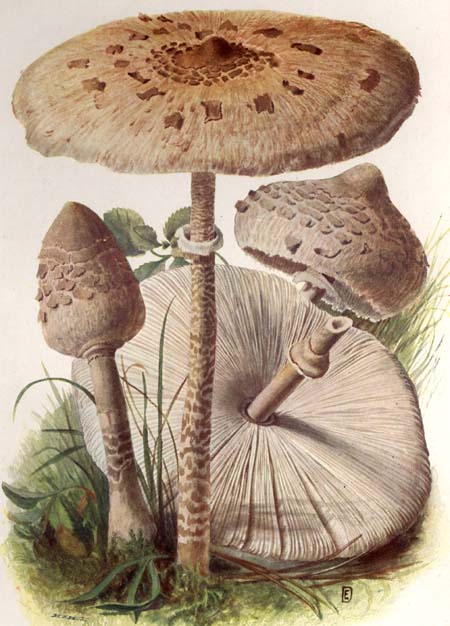
 Chlorophyllum Genus
Chlorophyllum Genus Lepiota acutesquamosa
Lepiota acutesquamosa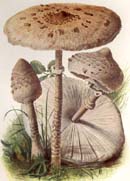 Lepiota procera
Lepiota procera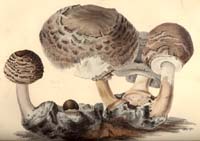 Lepiota rachodes
Lepiota rachodesLookalikes: Chlorophyllum molybdites Chlorophyllum molybdites |
 Glossary | 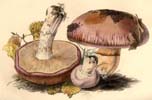 Mushrooms |  |  People | 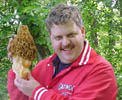 Newsletter |  Events |